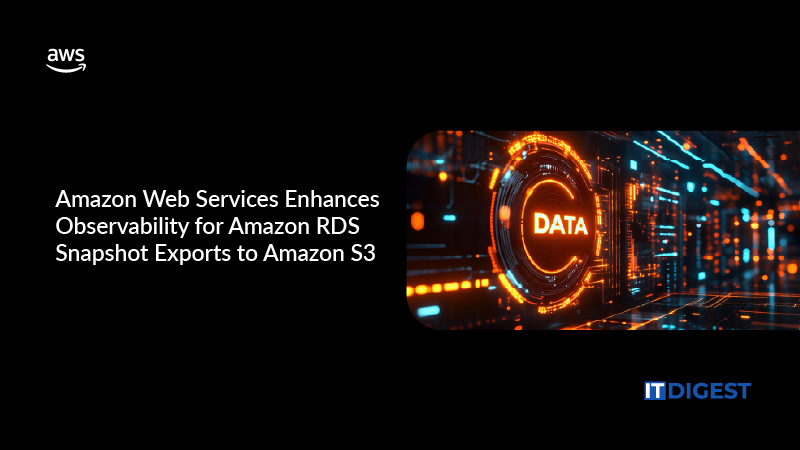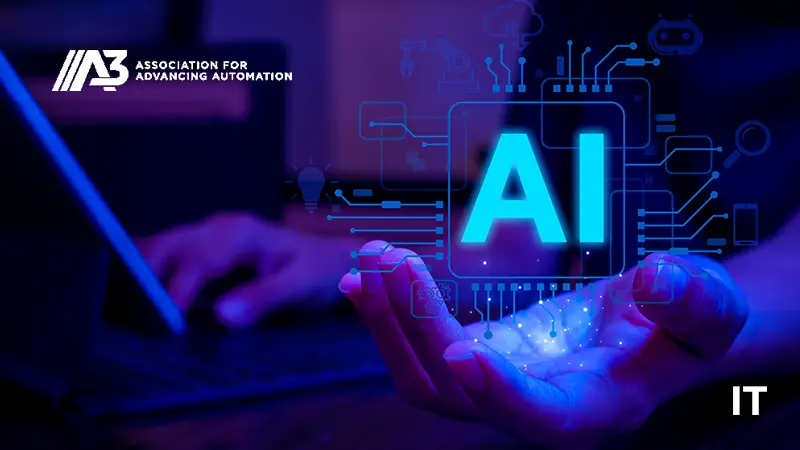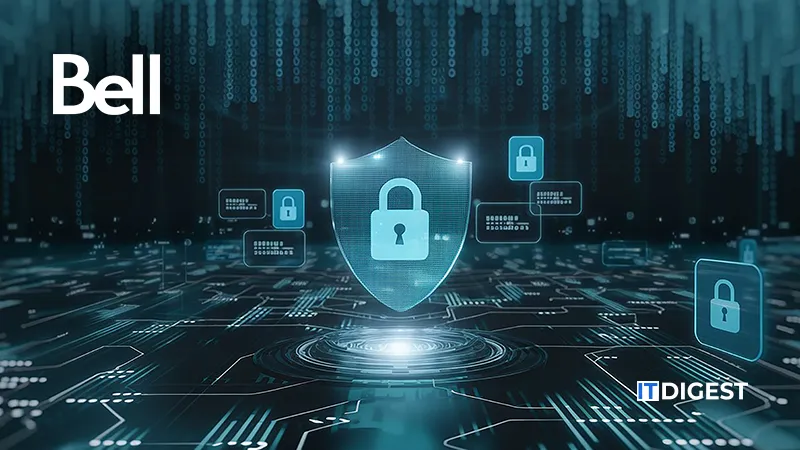ITRS, the global leader in real-time monitoring and observability for mission-critical, highly regulated environments, announced the release of Distributed Tracing powered by OpenTelemetry (OTel). This industry-standard, open-source approach underpins powerful new capabilities within the ITRS Analytics platform, to give enterprise IT teams deep, end-to-end visibility across microservices, APIs, containers, databases, and legacy systems, without locking them into proprietary agents or limited instrumentation.
Modern enterprise IT systems, especially in financial services, payments, and trading infrastructure, rely on fast-moving, distributed applications. When transactions span dozens of distributed services across on-prem, cloud, and containerized environments, traditional monitoring fails to deliver insight. With Distributed Tracing, ITRS customers can visualize and analyze entire request lifecycles across their technology stacks. Embracing OpenTelemetry enables ITRS customers to unify telemetry across complex hybrid architectures while remaining vendor-agnostic. This results in faster RCA, fewer escalations, and more resilient digital services. ITRS is committed to OpenTelemetry integration, and this offering complements our native telemetry pipeline capability, another key aspect of any OpenTelemetry ecosystem.
Also Read: Innovia Acquires Lloyd NAV, Expands in Canada
Product detail
Geneos Distributed Tracing offers out-of-the-box support for OpenTelemetry and integrates seamlessly with existing monitoring agents. Key capabilities include:
- End-to-end visibility into request paths across microservices, databases, APIs, and legacy hosts
- Real-time correlation of trace data with logs, metrics, and alerts
- Smart filtering to surface latency hotspots, service-level failures, and transaction drops
- Automated dependency mapping to contextualize incidents during peak loads or regulatory audits
- A guided tour of Distributed Tracing
By aligning trace insights with Geneos’ advanced alerting and AI-powered analytics, users can proactively detect issues before they escalate and reduce the burden of manual investigation.
Source: Businesswire
































